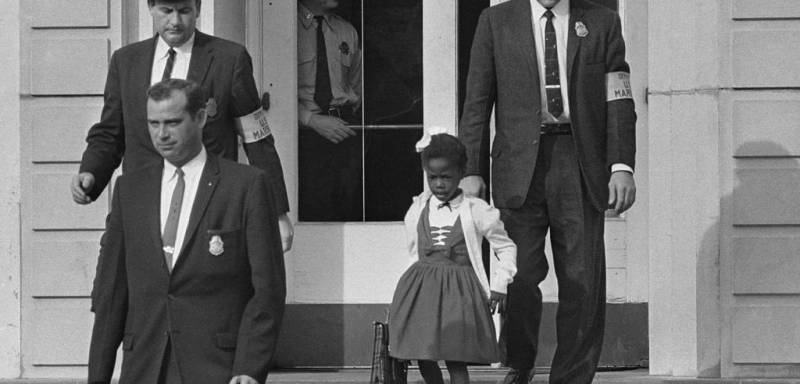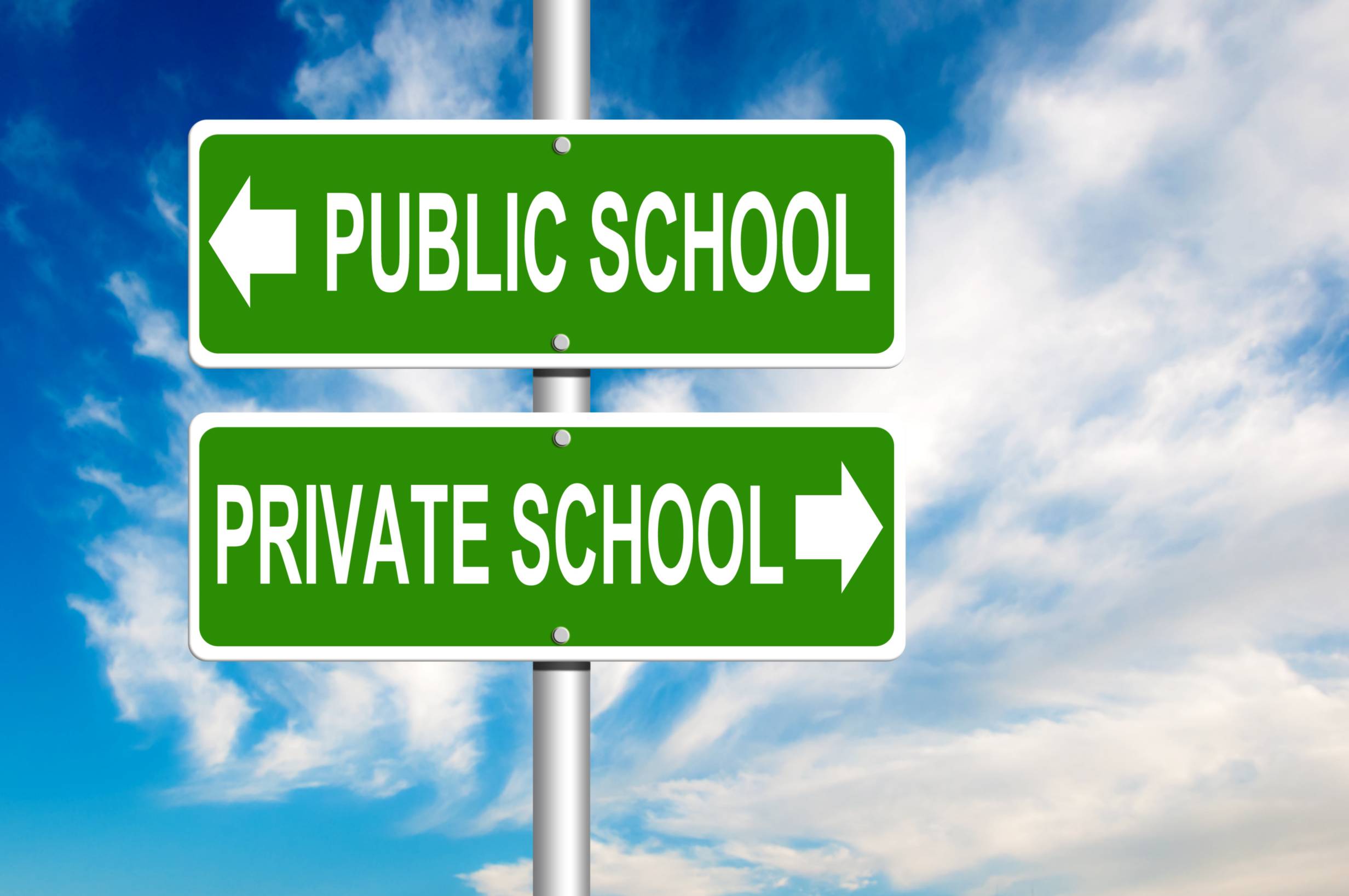Every once in a while, overt racism puts itself on such display that we can all point at it, guffaw, and call it for what it is. We received that gift over the weekend. Sometimes, though, race relations aren’t as simple as with whom we make eye contact, where we spend our money, or what runs through our minds when a driver who looks different than we do does something stupid. Sometimes, we demonstrate little prejudices—without even thinking about it, without being conscious of it—by where we choose to live or send our children to school.
We’re seeing that a lot in Champaign these days. “Go West, young (wo)man” is the phrase of the decade as White people have been migrating out to the newer developments in west Champaign and people of color increasingly occupy neighborhoods in the city’s heart. We are running away from each other, except from city to suburb, it’s subdivision to subdivision, and we want to think it doesn’t matter because Champaign-Urbana is a diverse community: “I live near people who don’t look like me.” The fact is, though, it does matter. Where we live, neighborhood by neighborhood, affects whom we see every day and what our perceptions of people who look like them are. It affects where we spend our money, and it affects where our kids go to school and with whom they become friends. Yes, Champaign-Urbana is a diverse community, but I’m not sure we’re walking the walk in celebrating that diversity, and I have some numbers that’ll give you some questions, too.

Champaign and Urbana run pretty close as demographics go. Both are just shy of 70-percent White. Both are in the realm of 15-percent Black. Champaign is between 10- and 11-percent Asian and around 6 percent Hispanic/Latino, whereas Urbana is not quite 15-percent Asian and short of 4-percent Hispanic/Latino. We can’t impose perfectly proportionally diverse neighborhoods; nobody wants that, economics prevents it, and so on. At least we can count on the public schools to bring all of us together, to give us that complete picture of our representative diversity.
Except that Champaign public schools are only 36.8-percent White. Urbana public schools, 34.7 percent. That is, roughly half of White families are electing not to participate in the public school system. In Urbana, where Asian families make up just over 14 percent of the population, less than 6 percent of the public school population is Asian. You can see the numbers for yourself here.
When you look at relative incomes by race in Champaign-Urbana, what this means on its face is that families who can afford to send their kids to private school are choosing to do so at a distressingly high rate. When you slip under the surface of that statement, you’re confronting the perception that public school is for “have nots,” and “have nots” are overwhelmingly Black and Hispanic.
It’s an innocent-enough notion: if you have the money to send your kid to private school, knock yourself out. Your choice. Except what happens is those kids are kept out of the most diverse environment possible and filtered into neatly homogenized academies. That’s not to say private school is evil. It’s not, but when your community embraces private schools in such a way that there’s a clear tacitly racial barrier to entry, you have a problem.
Private school is also no guarantee of a superior education; some studies (one such detailed in The Public School Advantage) suggest that public schools, when adjusted for demographics, do a better job of teaching certain subjects (thanks, Common Core). The big indicator in student performance has consistently been shown to be income—not how much you spend on your kid’s tuition, class size, or perceived discipline—so outside of particular religious convictions or uncommon needs, why, White people, are we separating our kids from the not-White kids? Why are we separating ourselves from the not-White parents?
 U.S. Marshals escort six-year-old Ruby Bridges, the first student to integrate William Frantz Elementary School in New Orleans, Louisiana, 1960 (Credit Equal Justice Initiative). We’ve come a long way since Brown v. Board of Education of Topeka, Kansas, but do we actually get it, yet?
U.S. Marshals escort six-year-old Ruby Bridges, the first student to integrate William Frantz Elementary School in New Orleans, Louisiana, 1960 (Credit Equal Justice Initiative). We’ve come a long way since Brown v. Board of Education of Topeka, Kansas, but do we actually get it, yet?
It’s not a rhetorical question. Is it because we’re so convicted in whatever faith we hold that we want that belief to permeate our child’s education? Is it because we’ve bought in to the idea that exclusivity must be better? Is it because we’re concerned that our children won’t learn as well in a bigger classroom … with people who don’t look like they do or whose parents don’t have “good” jobs?
It’s an uncomfortable thought. It should be. Plenty of people have their kids in private school for all of the right reasons, and it’s great that they have the option to do that, the privilege to do that. Not everyone has that privilege, and part of participating in a diverse community is governing privilege, maybe letting our kids swim in the same pool as all of the other kids even if the water looks a little bluer somewhere else.








